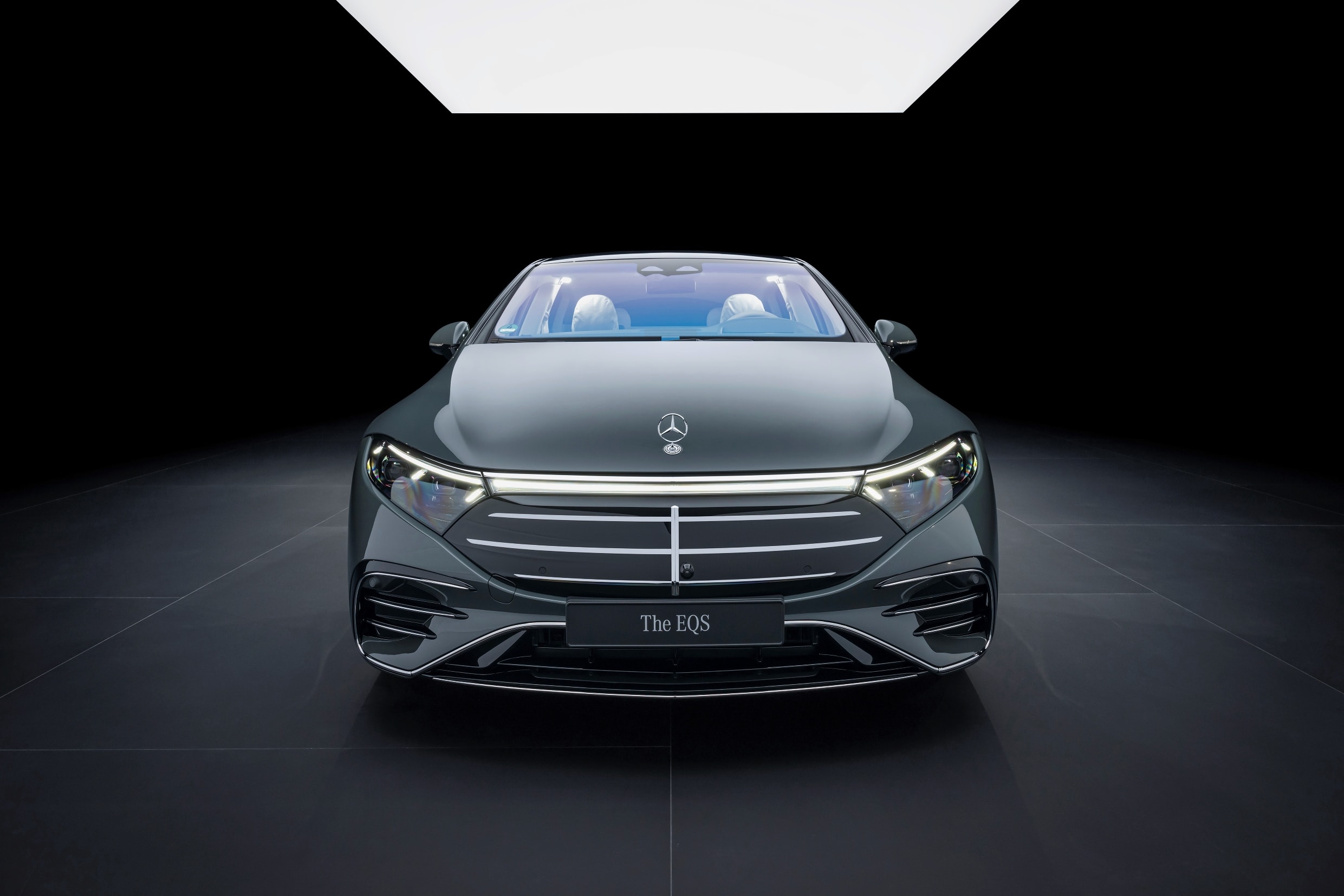Mercedes-Benz is blurring the distinctions between its electric vehicles and their gas-powered counterparts. This shift will also impact the design, aiming for a unified look across the brand’s lineup regardless of the type of propulsion system.
Robert Lesnik, head of exterior design at Mercedes-Benz, admitted that he envisions all EVs eventually appearing similar, and he wants to steer clear of that outcome with Mercedes-Benz’s models.
Years ago, hybrid cars were noted for their peculiar, pill-shaped design, which was adopted by several automakers. It was evident that there was a resemblance among the Toyota Prius, Honda Insight, and Hyundai Ioniq.

This design choice was primarily driven by aerodynamics. Car manufacturers, for the first time, optimized designs for maximum aerodynamic efficiency. Toyota led the way, and others followed suit, though recent advancements have shown that better efficiency can be achieved with different designs.
This phenomenon contributed to electric vehicles lacking excitement in terms of design. Compounding this, traditional automakers sought to give their electric vehicles a unique design to set them apart within their lineup.
Some even established specialized lineups or sub-brands for their EVs. Mercedes-Benz was among them, with other German automakers following suit. This trend is now shifting as electric vehicles become mainstream, and automakers aim for them to be perceived as the new normal.
“It wouldn’t make sense to offer a car with only 100 km of range,” Lesnik admitted during the interview. However, this consideration did not apply to the electric G-Class, one of Mercedes-Benz’s most iconic models. Instead, the design philosophy was to ensure that “from 20 meters, you should not spot the difference with the ICE car.” Whether this approach will be successful remains to be seen.

